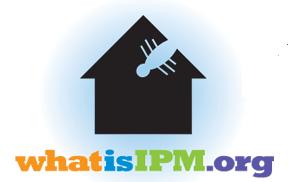How to do IPM?
- Identify pests: not all creatures are pests. Proper identification helps you decide what to do about them.
- Keep records: records give information about past pest problems, so you know when and where to look for them and what to do.
- Keep pest away: maintain cleanness and deny food, water and shelter.
- Non-chemical methods: managed pests by setting barriers, trapping, physical removal (by hand, vacuuming) or changing physical conditions (e.g. moisture, aeration) to make an area unfavorable for pests.
- Use pesticides as the last resort: use least hazardous pesticides or application methods (self-contained baits, gels used as crack-and-crevice treatments, and exempt from U.S. EPA registration-25B). Use only if pests continue to be present and other methods are insufficient to manage the infestation. Regularly scheduled pesticide sprays are usually not necessary.


